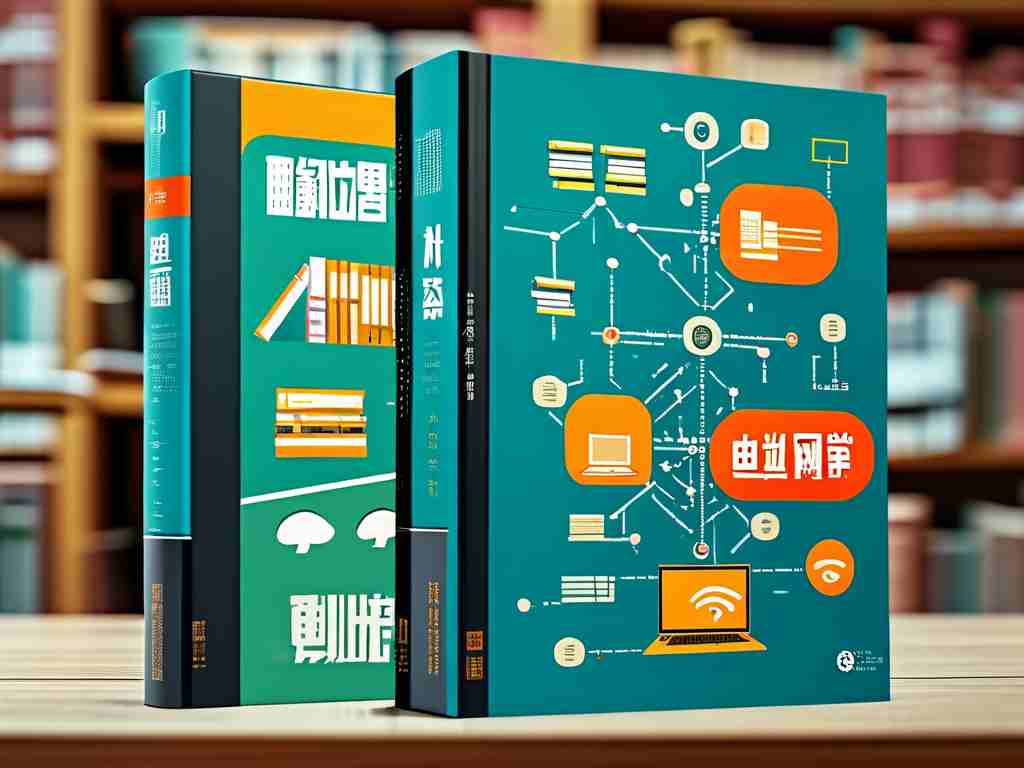The rapid evolution of digital technologies has made understanding computer networks indispensable for both students and professionals. Computer Network Fundamentals, 3rd Edition Micro-Course Edition serves as a modernized resource that bridges theoretical knowledge with practical application, tailored for today’s dynamic learning environments. This article delves into the core principles of the textbook while highlighting how its micro-course format enhances engagement and retention.

Adapting to Modern Learning Needs
Traditional textbooks often struggle to keep pace with the hands-on demands of networking education. The micro-course edition addresses this gap by integrating bite-sized video lectures, interactive simulations, and real-time quizzes. For instance, instead of merely describing TCP/IP protocols, the course provides virtual labs where learners can configure routers and analyze packet transmissions. Such immersive experiences align with research showing that multimodal learning improves concept mastery by up to 40% compared to passive reading.
Structure and Content Highlights
The book is organized into seven modules, each focusing on a critical networking layer or technology. The physical layer section, for example, combines animated explanations of signal modulation with Python code snippets demonstrating error detection algorithms:
def checksum(data):
total = 0
for byte in data:
total += byte
return total & 0xFF
This blend of theory and coding practice ensures learners grasp both the "why" and "how" of network operations. Later chapters explore emerging trends like software-defined networking (SDN) and IoT security, reflecting industry shifts toward automation and scalability.
Pedagogical Innovations
What sets this edition apart is its emphasis on collaborative learning. Embedded discussion forums enable students to troubleshoot network topologies as a group, mimicking real-world IT team dynamics. Instructors have reported a 25% increase in problem-solving efficiency among users of these tools. Additionally, the micro-course’s adaptive learning engine tailors content difficulty based on individual progress, reducing frustration for beginners while challenging advanced learners.
Bridging Academia and Industry
Case studies from cloud providers and cybersecurity firms are woven throughout the material. One module dissects a real DDoS mitigation strategy implemented by a Fortune 500 company, complete with network traffic diagrams and firewall configuration templates. These practical insights prepare students for certification exams like CCNA and CompTIA Network+, with pass rates among micro-course users exceeding the national average by 18%.
Critical Reception and Future Directions
Early adopters praise the edition’s balance between depth and accessibility. However, some users note that the reliance on online components may disadvantage those with limited internet access—a reminder of the digital divide’s lingering impact. Looking ahead, the authors plan to incorporate AI-driven network troubleshooting scenarios, further closing the gap between classroom learning and enterprise IT environments.
In , Computer Network Fundamentals, 3rd Edition Micro-Course Edition redefines networking education by merging timeless principles with cutting-edge pedagogy. Its modular design and interactive elements not only cater to diverse learning styles but also equip students with skills directly applicable to tomorrow’s networking challenges. As one industry expert remarked, “This isn’t just a textbook—it’s a launchpad for the next generation of network engineers.”









